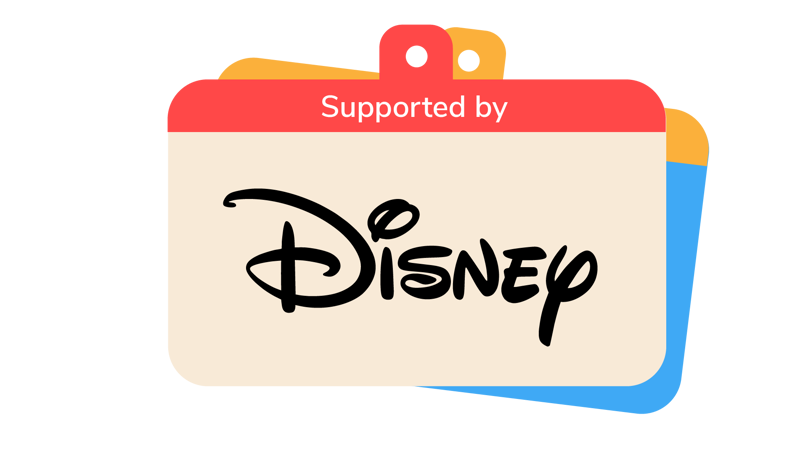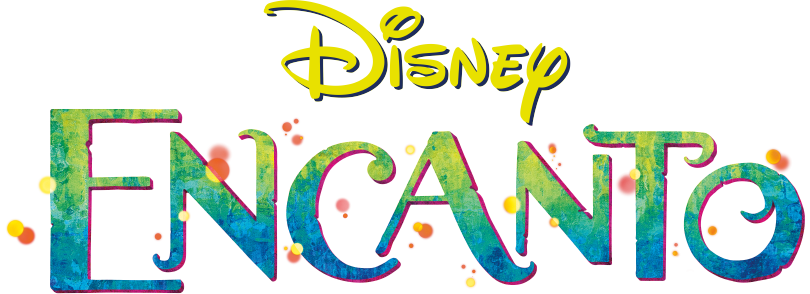
Sing-along and learn to sign with Encanto
You’ll need
- A device to play YouTube videos for the whole group to see
- Access to internet
Before you begin
- Use the safety checklist to help you plan and risk assess your activity. Additional help to carry out your risk assessment, including examples can be found here. Don’t forget to make sure all young people and adults involved in the activity know how to take part safely.
- Make sure you’ll have enough adult helpers. You may need some parents and carers to help if you’re short on helpers.
Tell the story
Encanto tells the tale of an extraordinary family, the Madrigals, who live hidden in the mountains of Colombia, in a magical house, in a vibrant town, in a wondrous, charmed place called an Encanto. The magic of the Encanto has blessed every child in the family with a unique gift from super strength to the power to heal-every child except one, Mirabel. But when she discovers that the magic surrounding the Encanto is in danger, Mirabel decides that she, the only ordinary Madrigal, might just be her exceptional family's last hope.
- Ask everybody about the story of Encanto. You could chat about the Family Madrigal, how they help their community with their unique gifts to overcome challenges.
- Talk about the music from the film. Does anyone remember any of the songs? Do they have any favourites?
- Ask the group to think about languages, what different languages do they know? What different languages do we speak in or homes and communities?
- Play ‘We don’t talk about Bruno’ with British Sign Language.
- Ask everyone what they think the people were doing on the screen alongside the film and music.
- Tell everyone that the people in the video were using British Sign Language, sometimes known as BSL, to help people understand the lyrics.
- Talk about how British Sign Language is accessible to people who are deaf, have hearing impairments or may have additional needs in communication. Using British Sign Language also means that people don’t need to be able to hear sounds, as it’s a visual language. British sign language was only recognised legally as an official language in England and Wales in 2022.

Sign Language is a visual means of communicating using gestures, facial expression, and body language. It's used mainly by people who are Deaf or have hearing impairments.
The most common form of Sign Language in Britain is called British Sign Language (BSL). BSL has its own grammatical structure and syntax, as a language it is not dependent or strongly related to spoken English. BSL is the preferred language of around 145,000 people within the UK.
- Explain how some people who are hearing impaired may not be able to hear words or music. Therefore, they use other ways to find out what is happening. Some people may be able to hear or feel the vibrations of the music, some people may need to wear a hearing aid, some people may lip read, and others may use Makaton or sign language (just like we saw in the video).
- Ask if anyone in the group knows any sign language.
- Choose one of the songs from Encanto, 'Surface Pressure' or 'We Don't Talk About Bruno'. By pausing the video, go line by line and learn the British sign language from the song. You could also learn just a small portion of it too, for example from 00:57 in 'Surface Pressure', or 00:48 in 'We Don't Talk About Bruno'.
- Encanto’s all about helping and sharing with your community. Take your performance to another section or Squirrel dray and show them the sign language for your chosen song.
© Disney
Reflection
This activity made us think about languages and how people with hearing impairments might communicate. How did you feel trying to learn the movements to the song? Who might you share your performance with? What will you tell others about British Sign Language?
Safety
All activities must be safely managed. You must complete a thorough risk assessment and take appropriate steps to reduce risk. Use the safety checklist to help you plan and risk assess your activity. Always get approval for the activity, and have suitable supervision and an InTouch process.
- Electrical equipment
Inspect cables for any damage before each use. A responsible adult should supervise people using equipment, and people should follow instructions on how to use them correctly and safely. They should be properly maintained and stored. Be extra cautious of trailing cables and water when using electric equipment.
Your group can go as quickly or as slowly as needed with learning the BSL version of the song. Remember, you don’t need to learn the whole song.
If anyone’s deaf, uses Makaton or BSL, or has a hearing impairment (or has a close friend or family member who is), you might want to chat to them (and perhaps a parent or carer) before you do this activity and make any adjustments, so they feel comfortable joining in. This person shouldn’t be relied upon to teach Makaton or BSL to the rest of the group too, unless they’re happy and comfortable to do so.
All Scout activities should be inclusive and accessible.